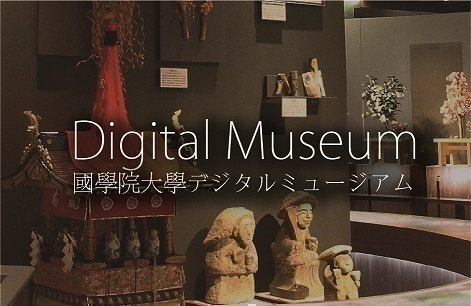- トップ
- Encyclopedia of Shinto
- Tachibana Moribe
Encyclopedia of Shinto
| Main Menu: | |
| Links: |
詳細表示 (Complete Article)
| カテゴリー1: | 8. Schools, Groups, and Personalities |
|---|---|
| カテゴリー2: | Personalities |
| Title | Tachibana Moribe |
| Text | (1781-1849) A scholar of National Learning (kokugaku) of the late Edo period, whose common name was Motosuke and epistolary names included Hōko, Chian, Shiigamoto, and others. Tachibana was born as the eldest son of the Iida family in Komuku Village, Asake District, , Ise Province (present-day Mie Prefecture). The family dispersed when he was a boy, which prompted him to go to Edo in 1797 where he studied under the kokugaku scholar Shimizu Hamaomi (1776-1824) and others. In 1809, he moved to Uchigōma Village in Katsushika District, Musashi Province (in present-day Saitama Prefecture), and started serious writing. He returned to Edo in 1829. Almost on his own, he mastered the study of kokugaku, and rose as a rival of the school of Motoori Norinaga (1730-1801), which then represented the mainstream of scholarship, by presenting and establishing a series of original theories. Tachibana differed from Motoori in that he considered the Nihon shoki more significant than the Kojiki. In interpreting the sacred Shinto texts, he used a set of principles called Shinpi gokajō (Mystical Five Articles), which he applied to distinguish historical fact from legendary transmissions. He died on the twenty-fourth day of the fifth month of 1849, at the age of sixty-nine. He wrote prolifically, including Itsu no chiwaki, (a commentary on Nihon shoki's Books of the Divine Age [Jindai no maki] and Record of Emperor Jinmu); Itsuno kotowaki, an exposition and commentary of the songs recorded in Kojiki and Nihon shoki; and Man'yōshū suminawa, a commentary on Man'yōshū. Others include Shinpū mondō, Kamiyo no tadaka, Shintōben, and Nan-Kojikiden, all of which can be found in the fourteen-volumes of his collected works, Shintei zōho Tachibana Moribe zenshū. —Shibata Shin'ichi |




